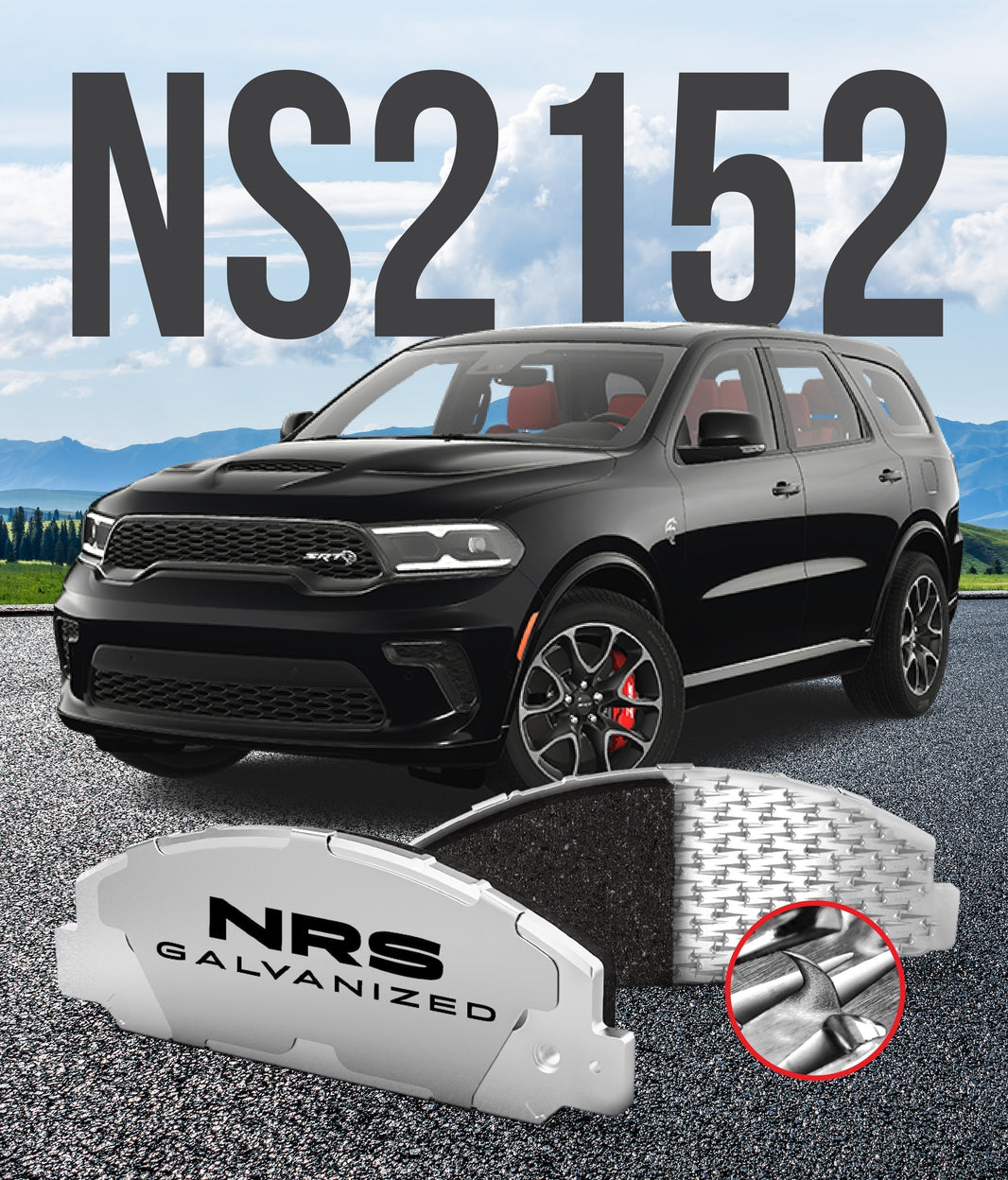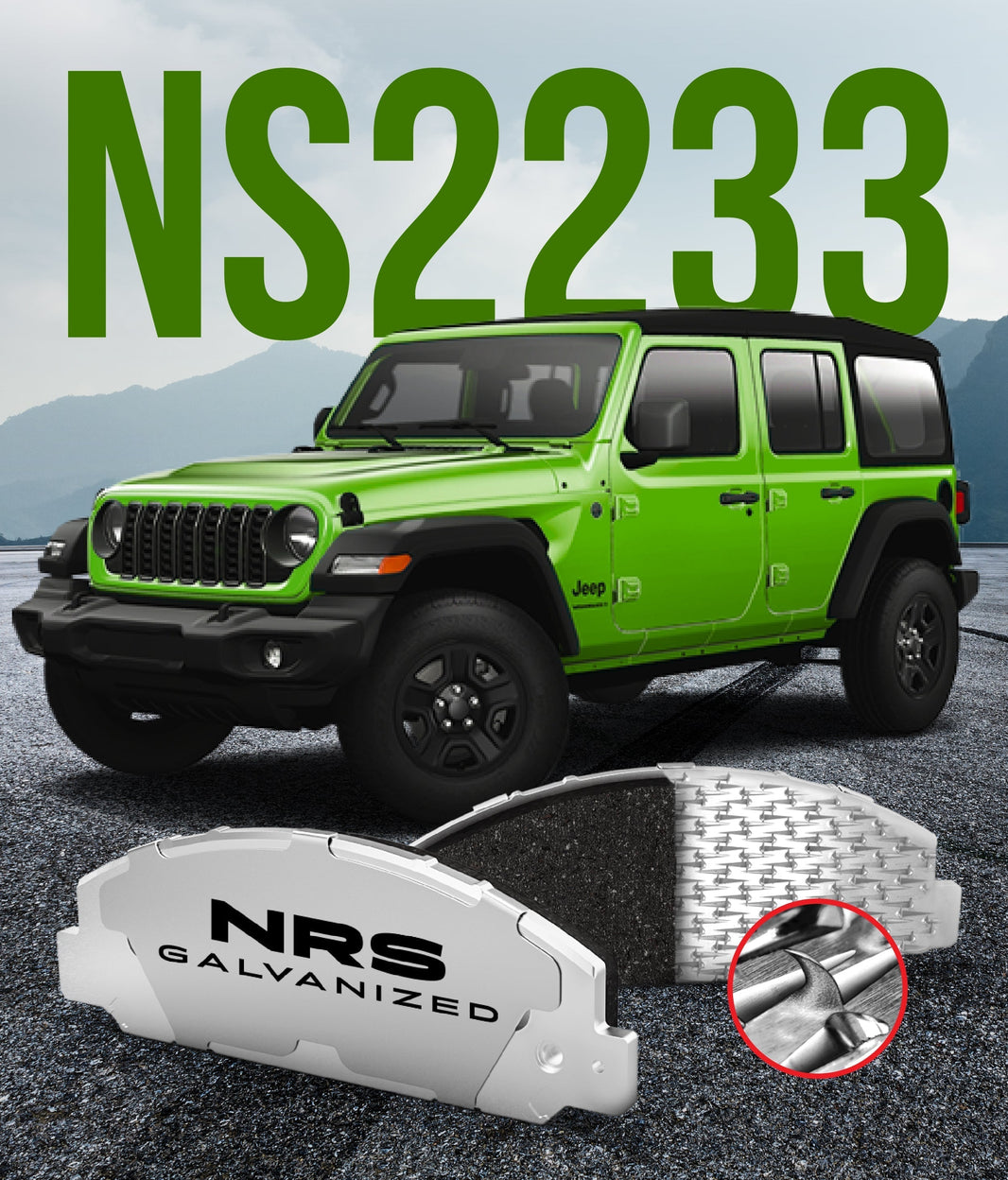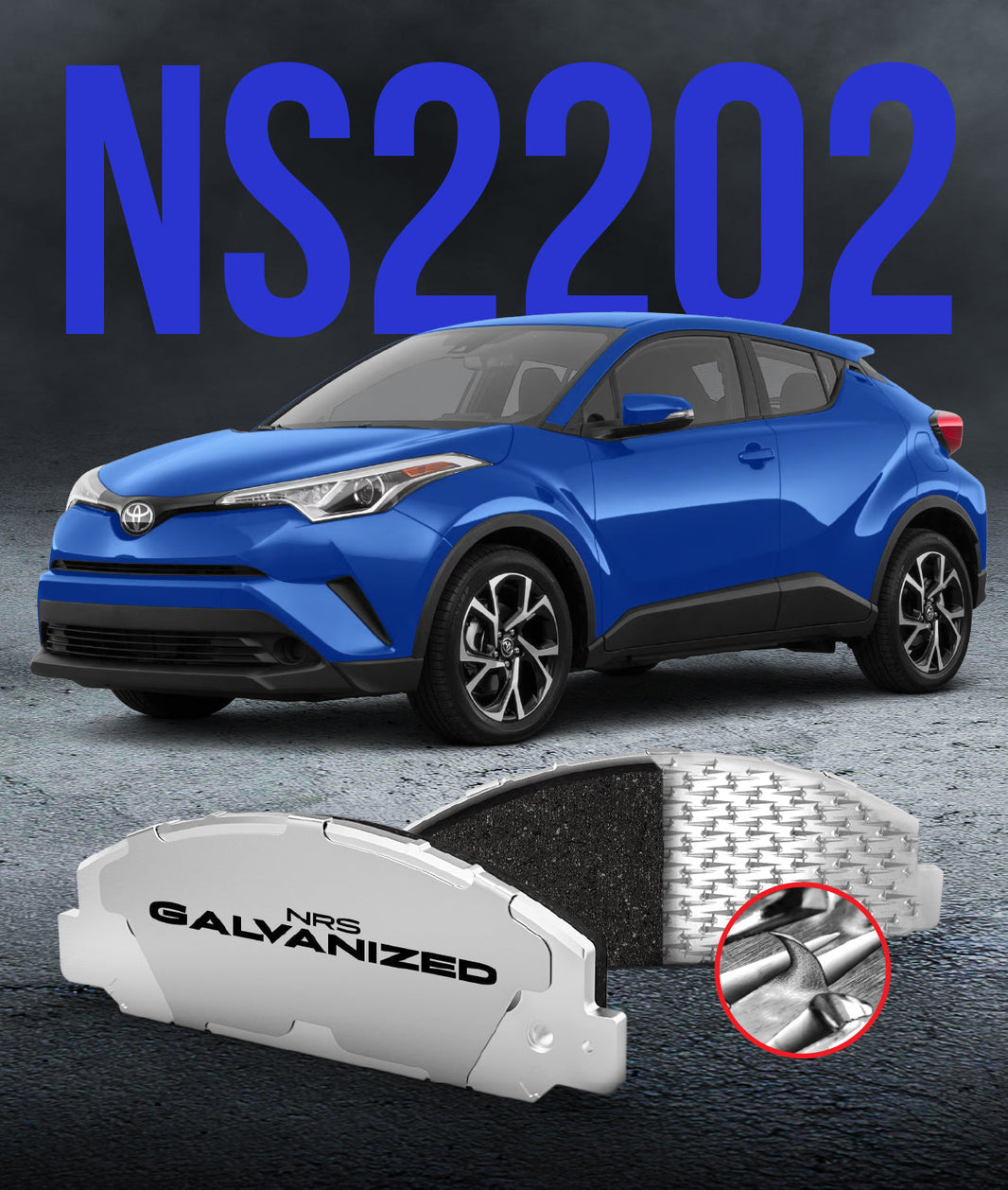
You press the brake pedal as you approach a stop, and your steering wheel shudders in your hands. It is an unnerving, rhythmic vibration that tells you something is wrong with your car's braking system. This feeling is a direct message being sent from your wheels, and it is one you should never ignore.
This vibration is a classic sign of an uneven brake rotor, often incorrectly called a "warped" rotor. This condition does not just create an annoying shake; it actively reduces your stopping performance and compromises your control. We will cover the symptoms, investigate the causes, and look at the repair options for this common brake problem.
What Are "Warped" Rotors?
The term "warped rotor" is a phrase many drivers and even mechanics use, but it is a bit of a misnomer. It brings to mind an image of the entire, heavy iron disc being bent or distorted, like a potato chip. While this kind of physical bending can happen, it is extremely rare and usually the result of a major impact or improper installation.
The real problem is almost always a condition called "Disc Thickness Variation," or DTV. This simply means the surface of the rotor has become uneven. High spots and low spots have developed on the rotor's flat braking surface, often by just a few thousandths of an inch.
As the rotor spins, your brake pads are forced to move in and out to follow this wavy, uneven surface. This rapid oscillation is what you feel as a pulsation in the pedal or a shake in the steering wheel. It is the brake system's way of telling you that the pads can no longer maintain smooth, constant contact.
The Telltale Symptoms of Uneven Rotors
The primary symptom of an uneven rotor is a vibration that appears only when you apply the brakes. If your car or steering wheel shakes while you are cruising or accelerating, you likely have a different issue, such as an unbalanced tire or a suspension problem. The vibration's location and character are your first clues to a diagnosis.
How you experience this vibration can help you and your mechanic pinpoint which rotors are the source of the problem. A shake in the steering wheel points to the front, while a pulsation felt in the seat often points to the rear.
Pulsation Through the Brake Pedal
This is the most common symptom of all. You will feel a rhythmic pulsing sensation coming up through the brake pedal as you press it down. This feeling is the direct result of the brake pad being pushed back against the caliper piston by the "high spot" on the rotor.
This vibration travels from the caliper back through the hydraulic brake fluid. It is transmitted directly to the master cylinder and the pedal assembly, which is why your foot feels it so clearly. The brake pedal feel is your direct line of communication to the hydraulic system.
Shaking Steering Wheel
If your steering wheel shudders back and forth in your hands when you brake, it is the most reliable sign that your front brake rotors are uneven. Your front wheels are directly connected to your steering system. The vibration from the rotor is passed through the caliper, into the steering knuckle, up the tie rods, and directly to the steering wheel you are holding.
If the vibration is less of a steering wheel shake and more of a pulsing sensation you feel in the entire car or in the "seat of your pants," the problem is most likely with the rear brake rotors. Because the rear wheels are not connected to your steering, the vibration is only felt through the chassis of the vehicle.
Visible Clues on the Rotor
You can often see visual evidence of a problem by looking at the rotor's surface through the spokes of your wheel. Look for dark blueish or purplish spots on the metal surface. These are known as "hot spots" and are a clear sign the rotor has been severely overheated, which can alter the metal and cause uneven wear.
You may also see heavy scoring or deep, circular grooves in the rotor. While this can be caused by worn-out brake pads, it often accompanies the uneven pad material deposits that create DTV. A smooth, shiny, and uniform surface is what you want to see.
What Causes Rotors to Become Uneven?
The single, overwhelming cause of Disc Thickness Variation is excessive heat. Your brakes are designed to convert kinetic energy (your car's motion) into thermal energy (heat). However, there is a limit to how much heat they can handle before the components themselves begin to fail.
When a rotor is overheated, two things can happen. First, the brake pad material can be transferred to the rotor in uneven, sticky deposits, creating high spots. Second, the extreme temperature can permanently change the structure of the cast iron, creating "hard spots" that wear at a different rate than the rest of the rotor.
Here are the most common situations that generate this kind of damaging heat:
-
Aggressive Driving: Repeated hard stops from high speeds generate massive amounts of heat very quickly.
-
Descending Steep Grades: "Riding" your brakes all the way down a long mountain pass creates constant friction and allows heat to build to critical levels.
-
Towing or Hauling: The extra weight of a trailer or heavy load requires much more braking force, which in turn creates much more heat.
-
Sticking Calipers: A corroded or unlubricated caliper slide pin can cause a brake pad to drag on the rotor constantly. This non-stop, light friction can superheat a rotor even during normal driving. This is one of the top causes of uneven brake pad wear.
-
Improper Installation: If the lug nuts on your wheel are not tightened in the correct star pattern and to the proper torque specification, it can physically pull the rotor hub out of alignment, causing it to wobble.
Repair Options: Resurface or Replace?
When you have confirmed that your rotors are uneven, you have two primary repair options. You can either resurface the rotors to make them flat again, or you can replace them with new ones. The best choice depends on how much material is left on the rotor and the severity of the damage.
A mechanic will use a micrometer to measure the rotor's current thickness. This measurement is then compared to the "minimum thickness" specification stamped on the rotor itself. This determines if there is enough material left to be safely machined away.
Option 1: Resurfacing the Rotors
Resurfacing, also known as "machining" or "turning," is done on a special tool called a brake lathe. The rotor is mounted on the lathe, which spins it while a sharp cutting tool shaves off a very thin layer of metal from both sides. This process creates a perfectly smooth, flat, and parallel surface again.
The main advantage of this option is its lower cost, as you are not buying a new part. The disadvantage is that the rotor is now thinner, which means it has less metal to absorb heat. This makes it more likely to overheat and become uneven again in the future.
Option 2: Replacing the Rotors
Replacement is the most straightforward and, in many cases, the best solution. This involves removing the old, uneven rotors and installing a brand-new set. This is the standard procedure for most modern brake jobs, as today's rotors are often made lighter and thinner from the factory.
The benefit of replacement is that you restore your brake system to its original specification with a rotor that has its full thermal capacity. This is the most durable and reliable long-term fix. It is always recommended to install new brake products like pads at the same time as new rotors to ensure they wear in correctly together.
How to Prevent Future Rotor Problems
Once you have smooth, vibration-free brakes, you want to keep them that way. Preventing a repeat problem comes down to good driving habits and using quality components.
When driving down long, steep hills, shift your transmission into a lower gear. This technique, called engine braking, uses your engine's resistance to slow the car. This saves your brakes from the constant friction and heat that leads to damage.
You should also ensure any new brake pads are "bedded-in" properly, which is a process that creates an even transfer of friction material. Always buy the best quality brake pads and rotors you can. Using premium, corrosion-resistant components, like galvanized brake pads, ensures all parts function correctly and resist seizing for a long service life.
Conclusion
A pulsating brake pedal or a shaking steering wheel is a clear signal that your brake rotors are uneven. This common issue, almost always caused by excessive heat, creates an unsafe condition by reducing your stopping power and control. It is a problem that should be inspected and repaired without delay.
Whether you choose to resurface your old rotors or replace them with new ones, a proper repair will restore your vehicle's safety and your confidence. A thorough brake inspection is the first step toward a smooth, powerful, and quiet stop. When was the last time you had your rotor thickness measured?




